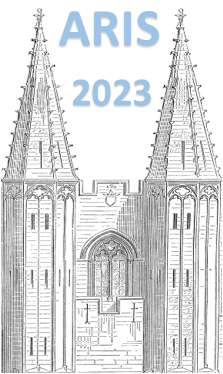Orateur
Description
Thermal neutron capture gamma-ray spectroscopy and prompt gamma-ray spectroscopy of fission fragments are powerful tools to obtain detailed nuclear structure information for nuclides close to stability and medium mass neutron-rich isotopes. The power of coupling a high-efficiency Ge detector array with an intense pencil-like neutron beam provided by the ILL reactor, has been recently demonstrated by the success of the EXILL (EXogam at ILL) campaign. This success led to the installation of permanent setup at ILL, the new instrument FIPPS (FIssion Product Prompt Spectrometer). In its first phase, it consists of a halo-free pencil neutron beam incident on a target surrounded by an array of 8 HPGe clovers. This setup has recently been exploited for a variety of (n,$\gamma$) experiments on stable (rare) and radioactive targets. Additional HPGe clovers from IFIN-HH were added during the last year allowing for a higher efficiency and granularity. Recently, targets consisting of $^{235,233}$U diluted in a liquid scintillator has been used to study the spectroscopy of neutron-rich nuclei with a fission tag. In a second phase, the instrument will be complemented with a fission-fragment identification setup, based on diamond detectors. This will increase the sensitivity and selectivity for nuclear spectroscopy of fission products and enable fission studies of the correlation between excitation energy, angular momentum and kinetic energy.
After a general introduction to the nuclear physics activity at ILL, the details of the FIPPS instrument, its performance and first physics results will be shown. An overview on the physics cases investigated in last years, together with the techniques used, will be given. The future developments foreseen, in particular for fission studies, will be also reported.

